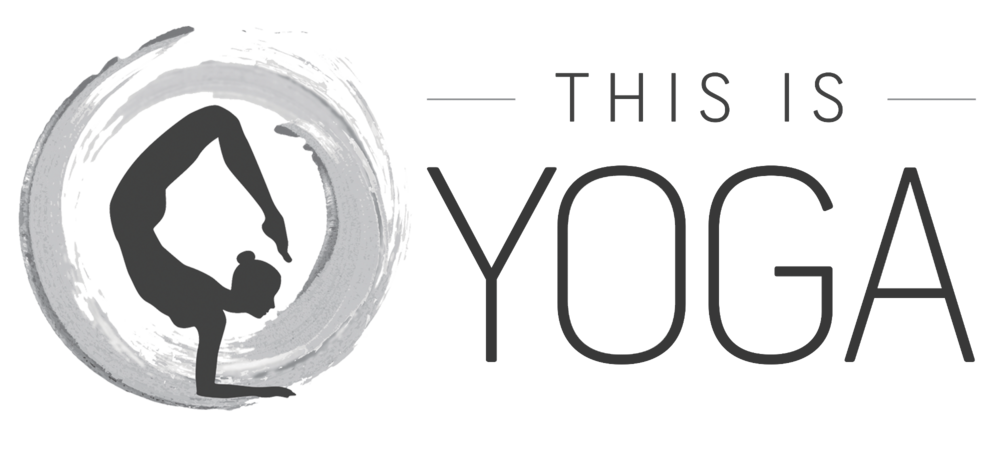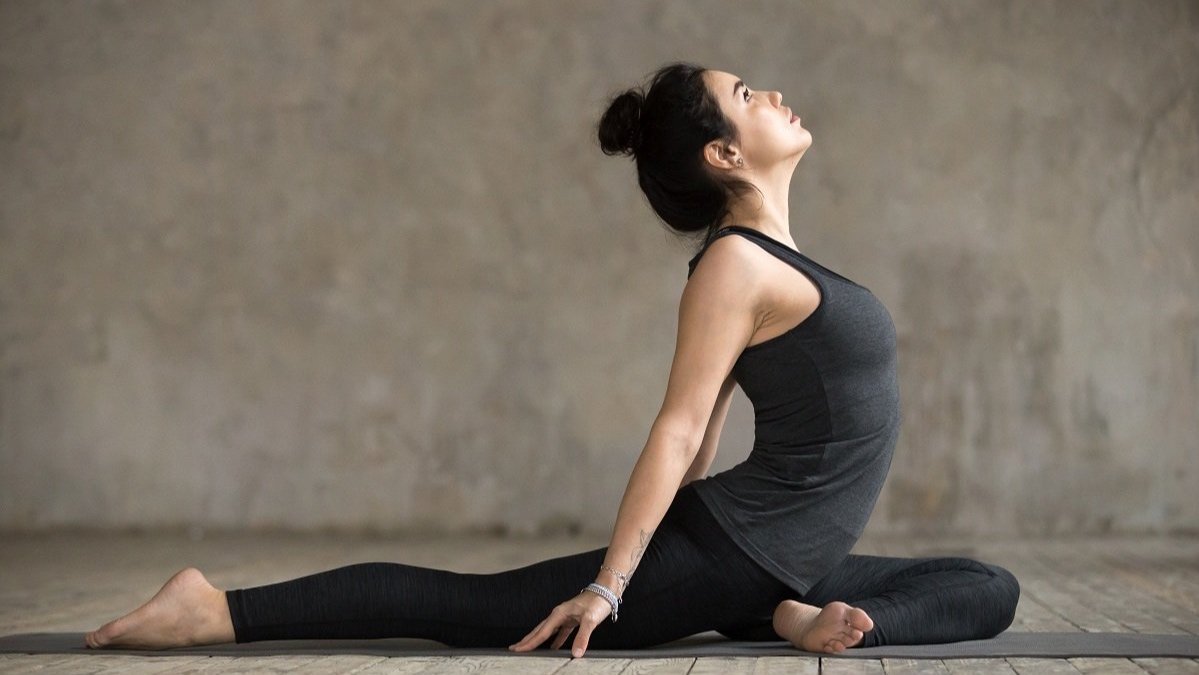A partner to the yang styles of yoga which consist of strong, dynamic, standing postures, yin yoga offers mostly seated, supine, or low-to the ground long, gentle stretches and holds. While the practice is relatively new to the western yoga lineage, it’s possible that it’s much closer to the original intent of yoga asana practice, a series of postures meant to train us to sit still for longer, and more comfortably, in meditation. In this article, explore the history and benefits of yin yoga practice for body, mind, and soul.
The History Of Yin Yoga
Yin yoga is inspired by ancient Chinese Taoist practices in which stretches were held for long periods of time. Sometimes referred to as Taoist Yoga, or Tao Yin, these practices have been incorporated into Kung Fu training for thousands of years.
Paulie Zink first introduced the stretching martial arts technique to a western audience in the 1970’s, combining it with elements of Hatha Yoga. Among Zink’s students was the American Paul Grilley. Grilley’s interest in yoga and the martial arts paralleled his meditation practice. Stemming from a desire to sit more comfortably in meditation, Grilley soon combined his familiarity with Zink’s Taoist Yin, Hatha Yoga, and the Chinese system of meridians into a practice of his own, which would eventually be called Yin Yoga.
Paul Grilley and his student Sarah Powers are among the world’s leading yin yoga teachers today. While both have given the practice a spin of their own, it remains true that yin yoga is all about balance and the partnership of body, mind, and soul.
The Benefits Of Yin Yoga For The Body
To understand the benefits of yin yoga, it’s helpful to understand the Chinese concept of yin and yang. Yin and yang are opposing aspects of nature which work in relationship to each other. Like hot and cold, left and right, or sun and moon, yang and yin exist only in partnership.
Some refer to the superficial musculature of the body and its movement as yang, while the deeper structure of the connective tissue (ligaments, tendons, and fascia) is yin. It’s important to remember, however, that yin and yang are interdependent, and no one thing is always yang, nor always yin. The two concepts operate in relationship.
The balance of energy in the body is so important, both Grilley and Powers recommend yin yoga in partnership with a yang practice, as well as seated meditation.
A typical yin yoga class lasts anywhere from 60-90 minutes, and may only offer a handful of poses, each held for upwards of five minutes as students are encouraged to rest steadily in balanced effort and ease.
Yin yoga manipulates, stretches and lengthens the body’s connective tissue with long slow holds. The superficial muscles relax the longer the pose is held, allowing more access to the ligaments and tendons surrounding the joints, as well as the fascia.
Fascia is a system of connective tissue that runs throughout the body much like the inner sheath of a grapefruit exists between the meat and the peel. Fascia wraps all our muscles, internal organs and joints.
It’s within this system of fascia that yin yoga does it’s magic. Practitioners theorize that the fascia is home to the energetic body of the Chinese system of meridians. Familiar to most people as the map of energetic lines and pressure points used by acupuncturists, and similar to the pranic nadis, or channels, referenced by Indian yogis.
Through this unseen but felt system of meridians, energy, chi, flows through the body. Profound changes occur as the fascia is stimulated and manipulated. When chi flows more fluidly, we feel more spacious and well. Instructors may reference a pose’s effect on particular internal organs, as the asana intentionally compresses energetic points to encourage greater flow of chi once the postures are released.
The Benefits Of Yin Yoga For The Mind
It’s not the pose that makes it yin or yang, but the energy with which we practice it.
Remembering that the essence of yin is not in the poses themselves, but in their relative energy, is eka pada rajakapotasana, or pigeon pose, a yin or yang pose? It can be either, depending on the energy we bring to the shape. Thus in yin yoga, poses are given different names to remind us to approach each posture differently than we would in a yang class. Pigeon pose becomes sleeping swan.
In sleeping swan, we’re ok with rounding the back, propping up on our forearms, resting our chest or forehead on blocks, sliding a blanket under our hips, or shifting back from exertion in order to stay longer. In a yang class, we might instead push the body towards the edge of bearable sensation, press up against the limits of our mobility, or keep the chest open, pressing into our mat to actively traction the spine.
As yin works deep into our connective tissues, we not only stretch the tissue itself, but the ability of our mind to be patient and still. Being present with one pose for longer allows us to meditate on felt sensation in the body, the movement of the mind, or an instructor’s guided contemplation.
The Benefits Of Yin Yoga For The Soul
Chinese medicine has long insisted that to heal the body is to heal the mind and soul. We may feel tightness in our hips, or weakness in our knees, but these pains are intimately connected to the energetic blockages that equally affect our minds. Because mind and body are connected, we can heal either one by working on the other.
Yin heals our souls and brings us to a greater sense of well-being because it asks us to slow down and rest.
By slowing down and resting, we’re better able to witness sensations, thoughts, and emotions. Sometimes these thoughts and emotions seemingly arise out of nowhere, but they’ve been there all along. Through yin’s gentle movement, profound stillness, or both, we coax trapped energy to the surface where we can recognize it, then set it free.
Yin offers us the opportunity to listen to what’s arising in body and mind, and to let those energies dissipate as we neutrally witness. Yin might be preparing us for a more comfortable seated meditation, but it gives us ample opportunity to meditate during our yoga.
Whether we arrive at a yin practice to awaken after long periods of stagnation, or to settle down after a lifetime of movement addiction, it can be the perfect balance we need to heal body, mind, and soul.






